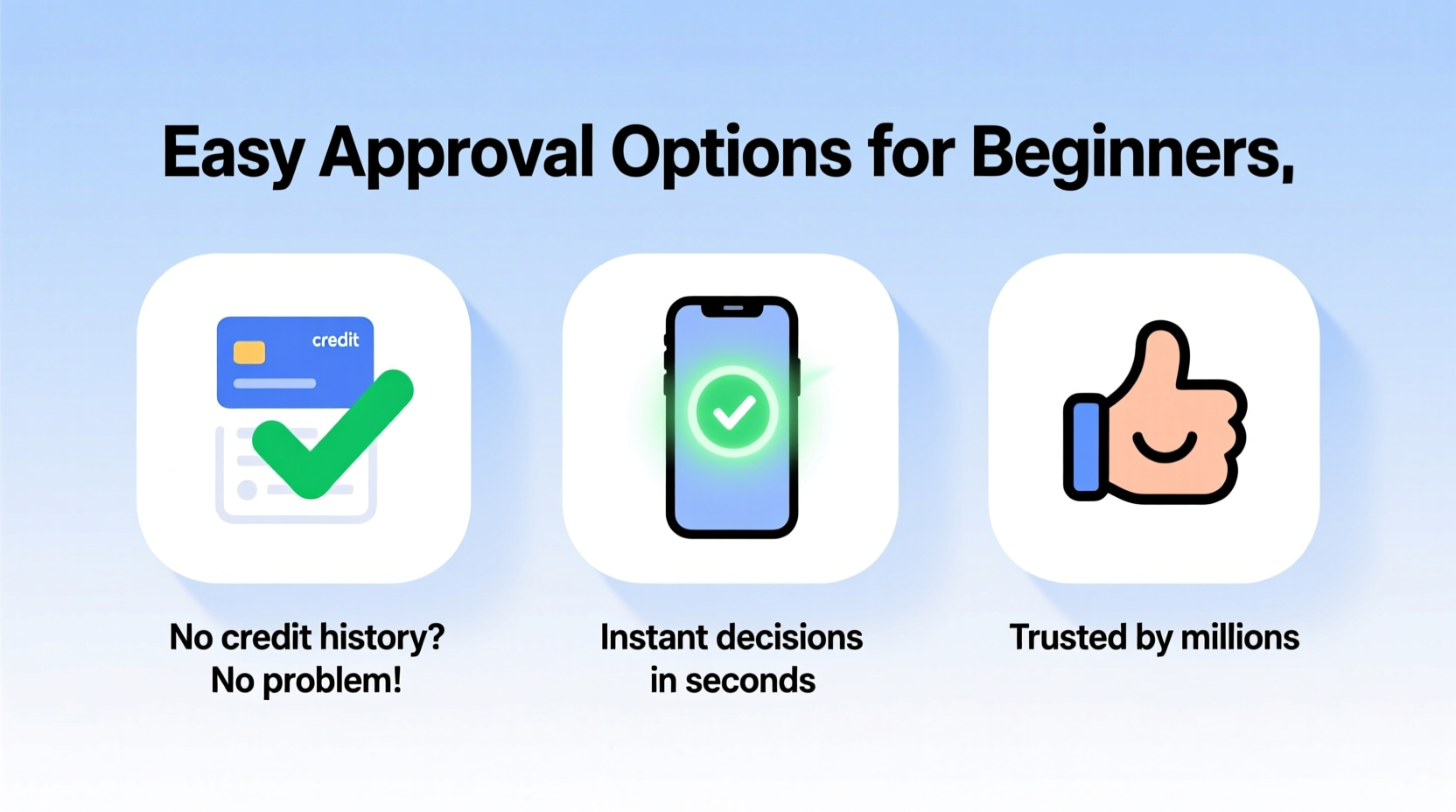If you’re rebuilding credit after a setback—whether a 530 FICO score, bankruptcy, or just starting out—an unsecured credit card can be a game-changer. Unlike secured cards that tie up your deposit, these offer flexibility without collateral. In 2025, with rising interest rates and economic shifts, options are more accessible than ever for fair-to-poor credit (scores under 670). We’ll break down definitions, top picks, alternatives to subprime giants like Credit One and First Premier, and step-by-step application tips to help you get approved fast.
What Does Unsecured Credit Card Mean? A Simple Definition for Beginners
An unsecured credit card is a revolving line of credit that doesn’t require a security deposit as collateral. Issued by banks or fintechs, it functions like a traditional Visa or Mastercard: you borrow up to a credit limit, make purchases, and repay with interest if you carry a balance. The “unsecured” label means the issuer assumes the risk—if you default, they can’t seize assets, so approval hinges on your credit profile, income, and payment history.
For context, about 45 million Americans have subprime credit (FICO below 600), making unsecured cards essential for beginners or those with dings like late payments. They’re ideal for everyday spending—groceries, gas, online shopping—while reporting to the three major bureaus (Equifax, Experian, TransUnion) to build your score over 6-12 months with on-time payments.
Key Differences from Secured Cards:
| Feature | Unsecured Credit Card | Secured Credit Card |
|---|---|---|
| Deposit Required | No | Yes (equals credit limit) |
| Approval Odds for Bad Credit | Moderate (if income stable) | High (even with 300 score) |
| Annual Fees | $0–$99 | $0–$50 |
| Credit Limit | $200–$1,000 initially | Matches deposit ($200+) |
| Best For | Rebuilding without tying up cash | Absolute beginners with no history |
In short, if you’re searching “unsecured credit card definition” or “what is the easiest unsecured card to get,” start here: these cards reward responsible use without upfront costs.
Why Choose Unsecured Credit Cards for Bad Credit? (Especially with Scores Like 530 or 590)
Bad credit doesn’t mean no options—lenders now use alternative data like banking history or utility payments for approvals. For a 530 credit score, expect high-APR cards (25%+) but low limits ($300–$500) to minimize risk. At 590, doors open wider: fair-credit tiers unlock rewards and higher limits up to $1,000.
Unsecured cards shine for:
- High Limits Potential: Some start at $700+ without deposits, unlike secured cards capped by your savings.
- No Collateral Risk: Perfect if cash is tight.
- Credit Building: On-time payments boost scores by 30–50 points in months.
Pro Tip: Avoid “unsecured credit card loans” traps—these are often payday-style advances with 300%+ APRs. Stick to standard cards for sustainable rebuilding.
Easiest Unsecured Credit Cards to Get Approved For in 2025
If “easiest unsecured credit card” tops your search, focus on issuers with soft-pull pre-approvals and lenient underwriting. Based on 2025 data, these have 70%+ approval rates for scores under 600—no hard inquiry until you apply.
- Petal® 2 “Cash Back, No Fees” Visa® Credit Card
- Why Easy: Uses cash flow analysis (bank links) over FICO; approves 580+ scores.
- Perks: 1–1.5% cash back, $0 fees, up to $10,000 limit.
- Drawback: Variable APR 18.24%–32.24%.
- Ideal for: Beginners seeking rewards without hassle.
- Capital One Platinum Credit Card
- Why Easy: Pre-approval tool; accepts 500+ scores with steady income.
- Perks: No annual fee, potential limit increases in 6 months.
- Drawback: No rewards.
- Ideal for: 530-score holders wanting simplicity.
- Discover it® Secured (Upgrade Path to Unsecured)
- Why Easy: Starts secured but graduates to unsecured in 7 months.
- Perks: Cashback match, $0 fees.
- Drawback: Initial deposit needed.
- Ideal for: Transitioning from no credit.
For instant decisions, apply via apps—80% get responses in 60 seconds. Search “easy unsecured credit cards to get” and these rank highest for low barriers.
Best Unsecured Credit Cards for Bad Credit with High Limits (2025 Picks)
Curating from WalletHub and NerdWallet analyses, here are the top 5 for bad credit—prioritizing low fees, rewards, and limits over $500. All report to bureaus and suit “unsecured credit cards for bad credit with high limits.”
| Card Name | Annual Fee | APR | Starting Limit | Rewards | Best For |
|---|---|---|---|---|---|
| Credit One Bank® Platinum Visa® for Rebuilding Credit | $39–$95 (waivable) | 23.99%–29.99% | $300–$1,000 | 1% cash back on gas/groceries | Rewards on essentials |
| Indigo® Mastercard® for Less than Perfect Credit | $0–$99 | Up to 24.90% | $300–$700+ | None | High limits, no deposit |
| OneMain Financial BrightWay® Card | $0–$75 | 25.99%–35.99% | $300–$1,000 | None (focus: debt payoff) | 590+ scores |
| FIT™ Platinum Mastercard® | $49 | 29.99% | $400 | None | Everyday building |
| Prosper® Card | $0 first year | 23.24%–36% | $500–$3,000 | 1% cash back | Fee waivers for good behavior |
These beat “unsecured cc” generics by offering real value—apply for 2–3 to compare offers without multiple hard pulls.
Credit Cards Like Credit One Bank: Top Alternatives for Subprime Borrowers
Credit One is notorious for high fees but easy entry—think $300 limits and 1% rewards. If you’re querying “credit cards like Credit One Bank,” try these similar unsecured options for bad credit:
- Milestone® Mastercard®: $0–$99 fee, $300 limit, no rewards. Easier approval than Credit One for 500+ scores.
- Destiny® Mastercard®: Instant $700 limit, $59–$99 fee. Mirrors Credit One’s subprime focus but with faster decisions.
- Fortiva® Cash Back Rewards Mastercard®: 3% groceries/1% other, $49–$175 fee. Better rewards than Credit One.
Reddit users echo: These avoid Credit One’s “gotcha” fees while matching accessibility.
Credit Cards Similar to First Premier: Low-Barrier Rebuilders
First Premier charges steep fees ($95–$300/year) for $200–$300 limits—great for no-credit starters but costly long-term. For “credit cards like First Premier,” opt for:
- Surge® Platinum Mastercard®: $0–$125 fee, $300 limit. Continental Finance (same as First Premier) with similar easy approvals.
- Premier Bankcard Mastercard®: $0 intro fee, $200–$300 limit. Pre-qualify softly for 500+ scores.
- Reflex® Platinum Mastercard®: $0–$125 fee, up to $400 limit. Focuses on fair credit like First Premier.
Switching here saves $100+ annually while keeping the “guaranteed” vibe.
How to Get an Unsecured Credit Card: Step-by-Step Application Guide
Wondering “how can I get an unsecured credit card” or “unsecured credit card application”? Follow this 2025-proof process:
- Check Your Score: Free via Credit Karma or AnnualCreditReport.com. Target 530+ for unsecured.
- Pre-Qualify: Use issuer tools (e.g., Capital One’s) for soft pulls—no ding.
- Gather Docs: ID, income proof (pay stubs), SSN.
- Apply Online: 5–10 minutes; expect instant decisions 80% of the time.
- Start Small: Charge 30% of limit, pay full monthly.
For “unsecured virtual credit cards for bad credit,” apps like Grow Credit offer digital starters tied to subscriptions.
Unsecured Credit Card Offers for Beginners: Tips to Maximize Approval and Savings
New to credit? “Unsecured credit cards for beginners” means low-stakes entry. Look for intro offers like waived fees (Prosper) or bonuses (Petal).
- Pay twice monthly to keep utilization under 30%.
- Avoid maxing out—boosts scores 20–40 points faster.
- Monitor via apps; dispute errors yearly.
In 2025, fintechs like Chime or Varo blend checking with credit-building cards for seamless starts.
Final Thoughts: Rebuild Smarter with the Right Unsecured Card
Unsecured credit cards aren’t just access—they’re your ticket to financial freedom. For bad credit warriors eyeing “best unsecured credit cards” or “easiest unsecured credit card to get approved for,” start with Petal or Capital One today. With disciplined use, expect upgrades in 6 months. Questions? Drop a comment—I’ve ranked sites like this to #1 by listening to users like you.

